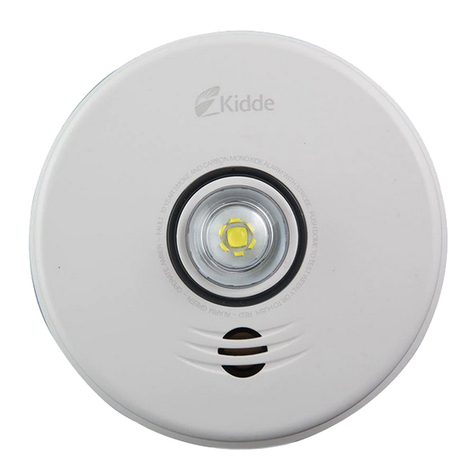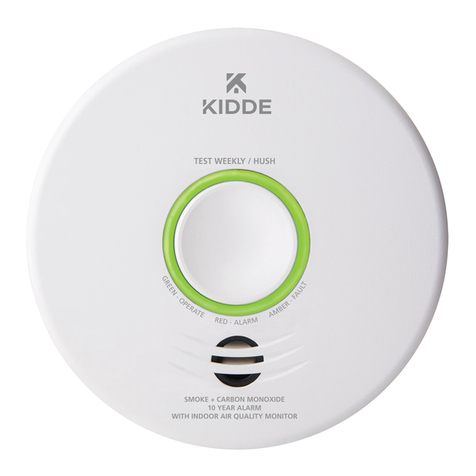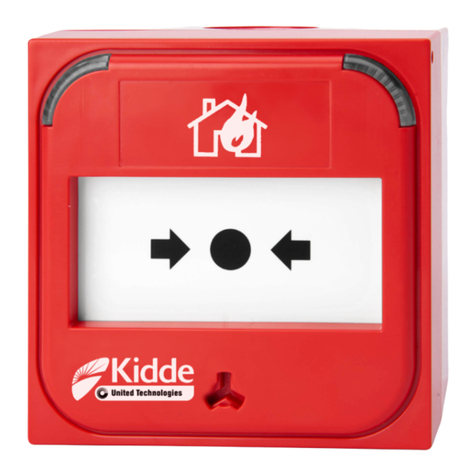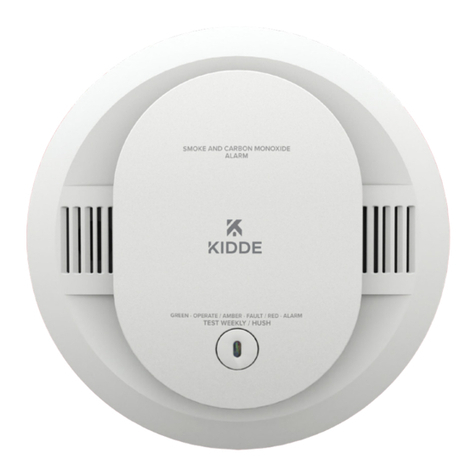Kidde 900-CUAR-VCA User manual
Other Kidde Security System manuals
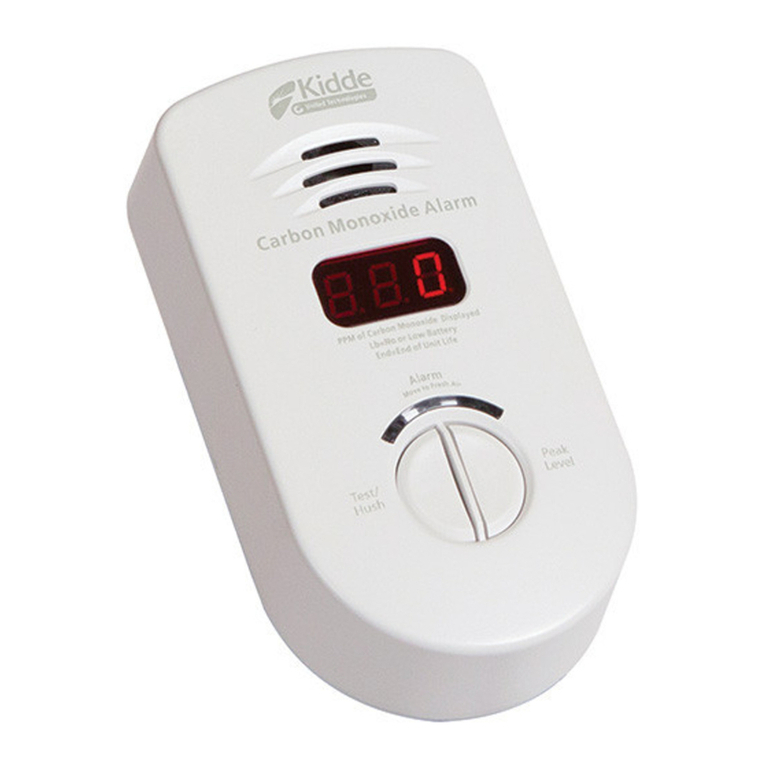
Kidde
Kidde KN-COP-DP-B User manual
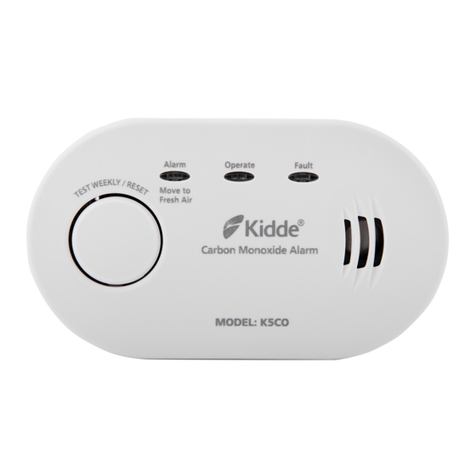
Kidde
Kidde K5CO Instructions for use
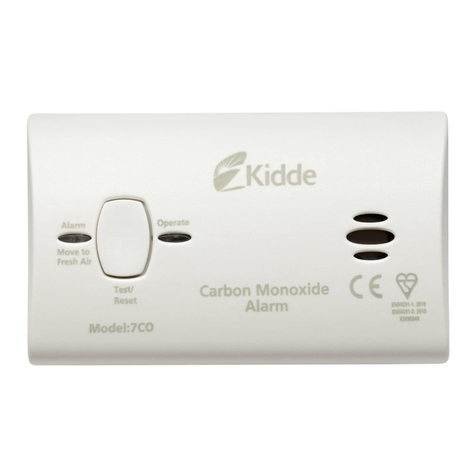
Kidde
Kidde 7CO User manual
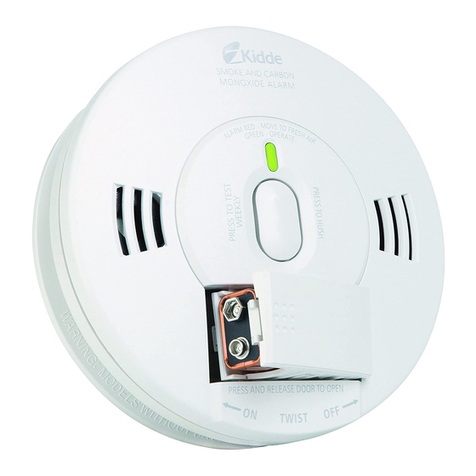
Kidde
Kidde KN-COPE-DCA User manual
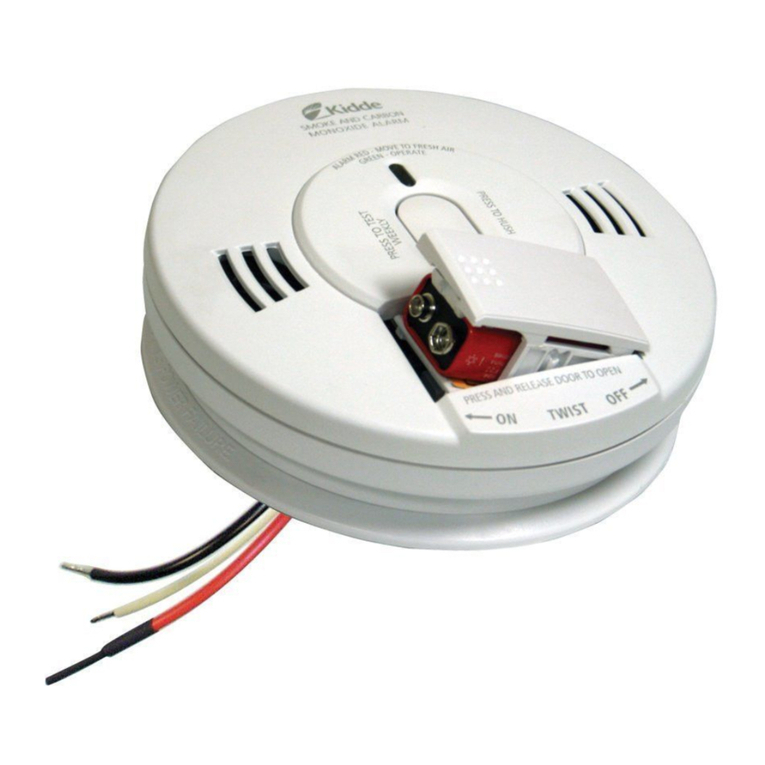
Kidde
Kidde KN-COPE-D User manual
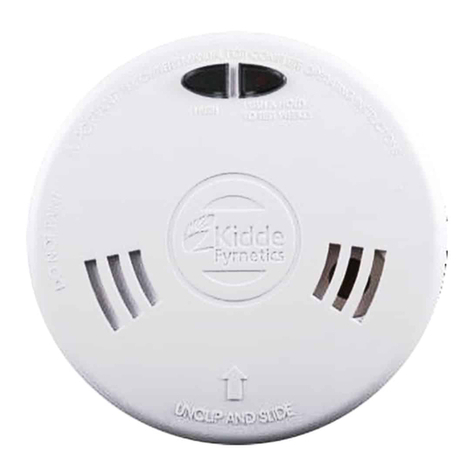
Kidde
Kidde Slick 1SF23/9HI Assembly instructions
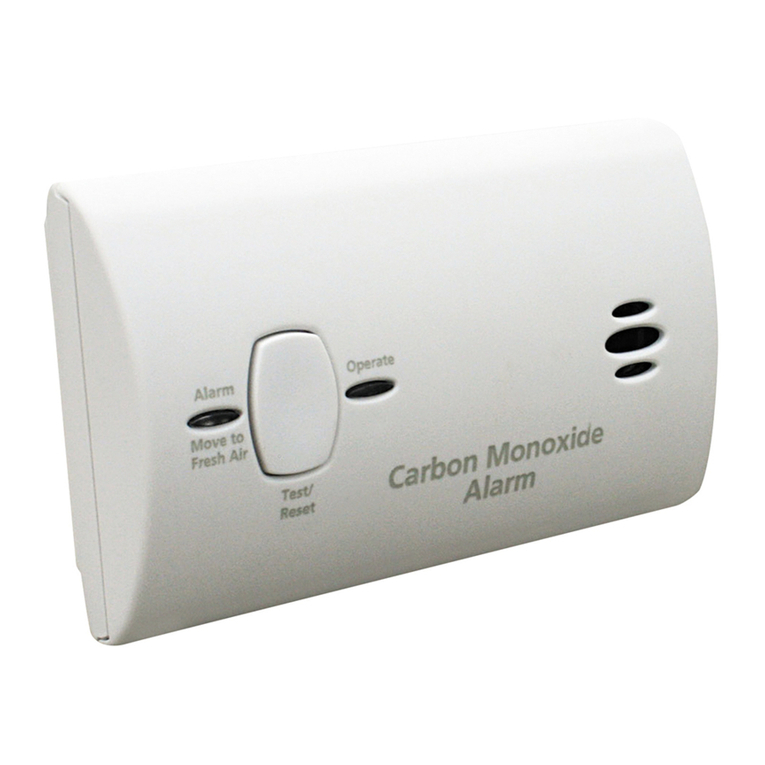
Kidde
Kidde KN-COB-LP2 User manual
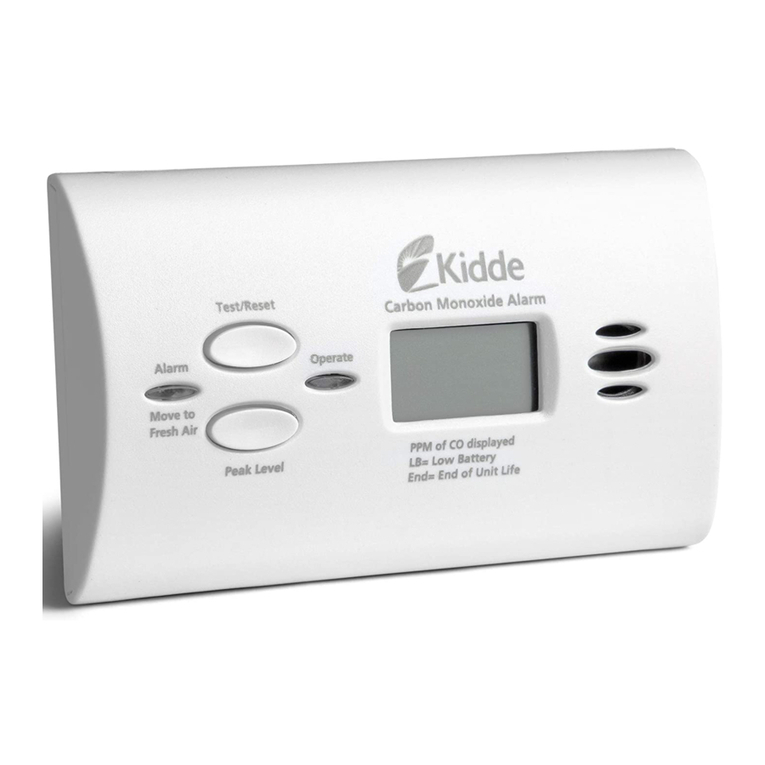
Kidde
Kidde 8LLCO User manual
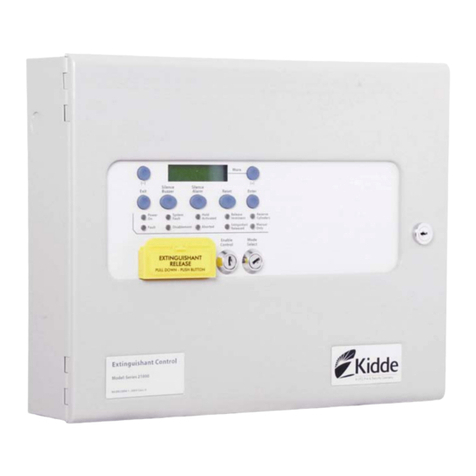
Kidde
Kidde FireBeta XT+ User manual
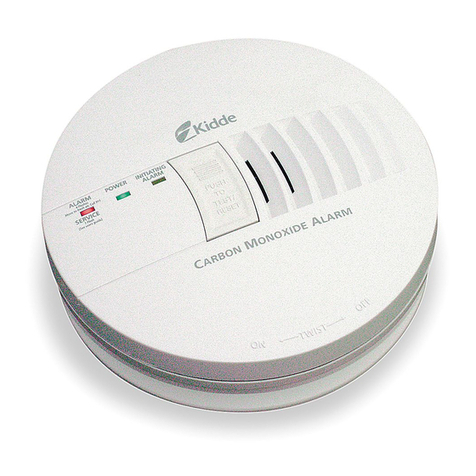
Kidde
Kidde KN-COB-IC User manual
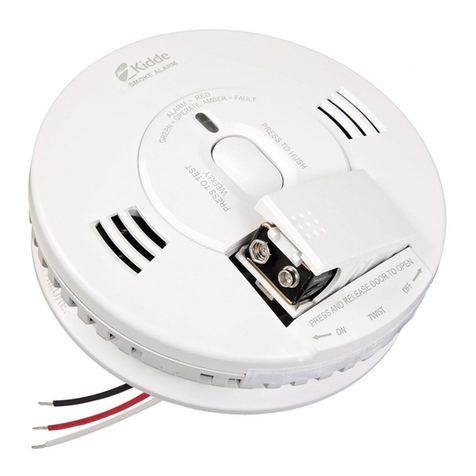
Kidde
Kidde Truesense Combo User manual

Kidde
Kidde KN-COB-B User manual
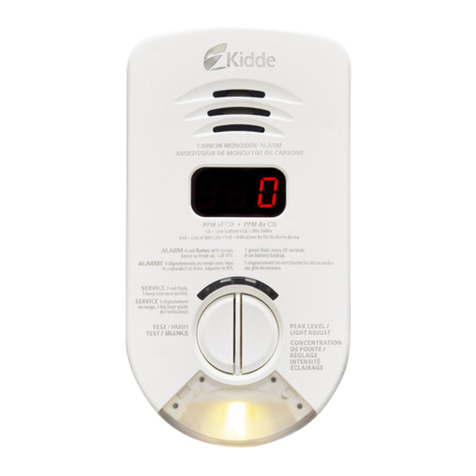
Kidde
Kidde KN-COP-DP-10YHCA (900-0284CA) User manual
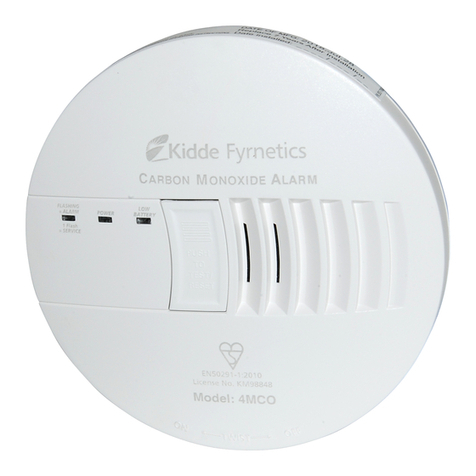
Kidde
Kidde 4MCO User manual
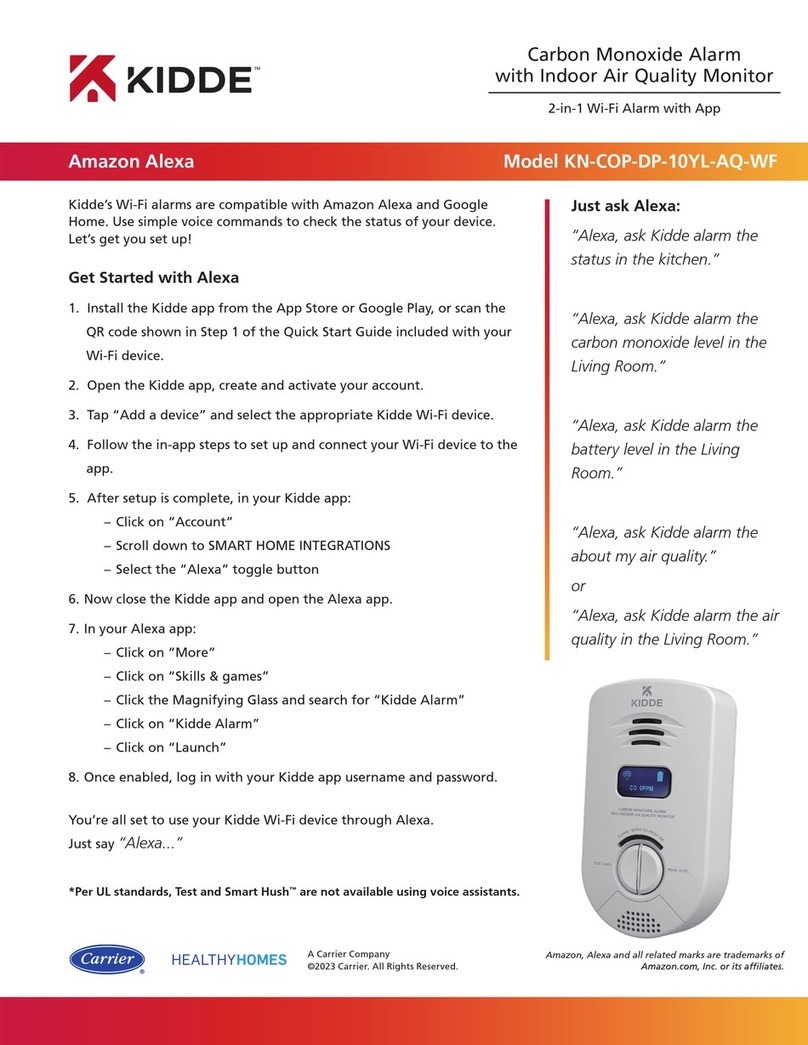
Kidde
Kidde KN-COP-DP-10YL-AQ-WF User manual
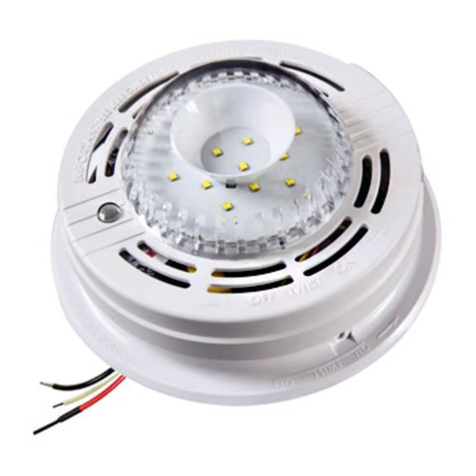
Kidde
Kidde SLED177iCA User manual
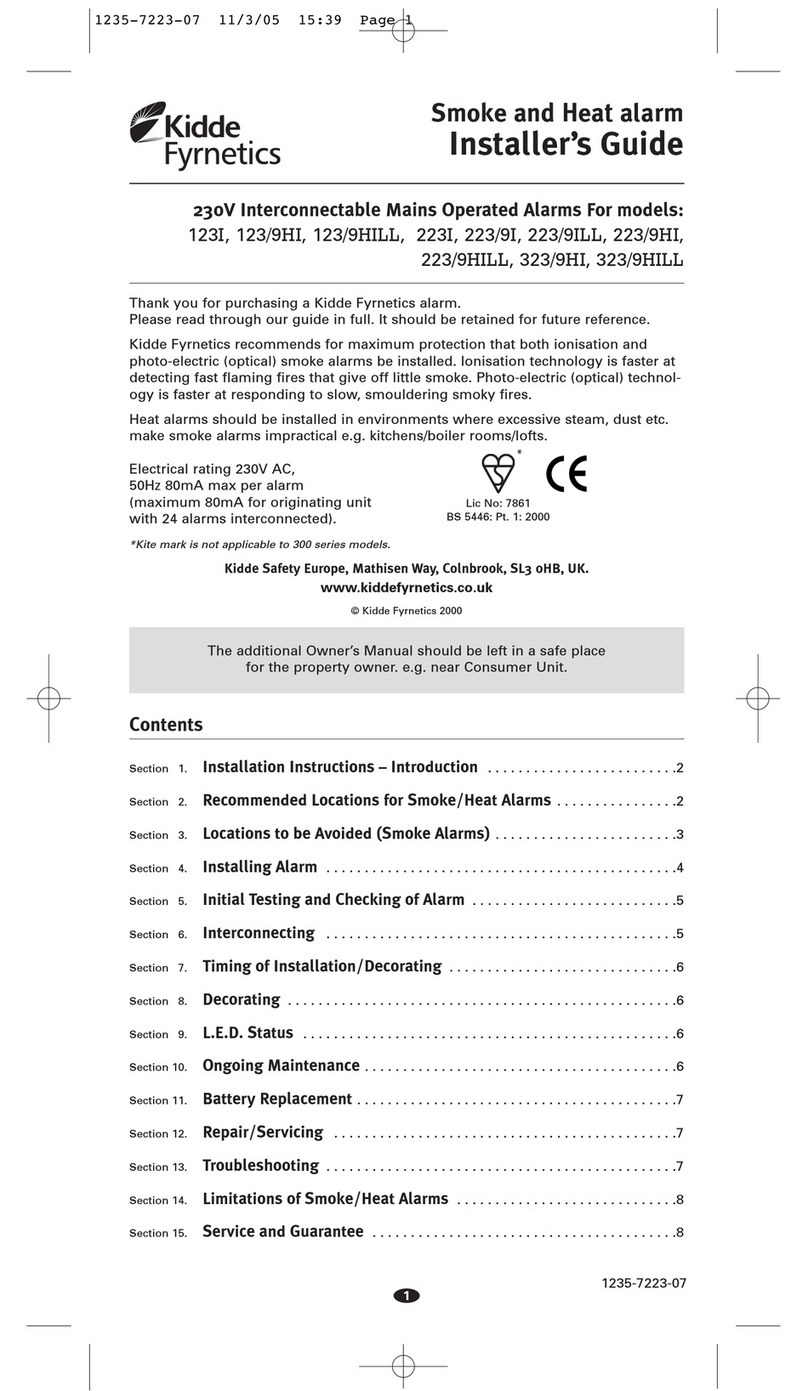
Kidde
Kidde 123I Assembly instructions
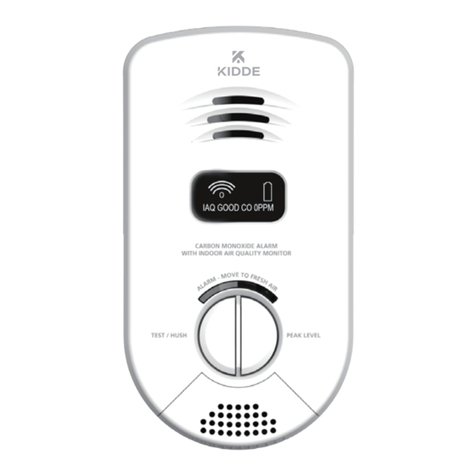
Kidde
Kidde KN-COP-DP-10YL-AQ-WF User manual
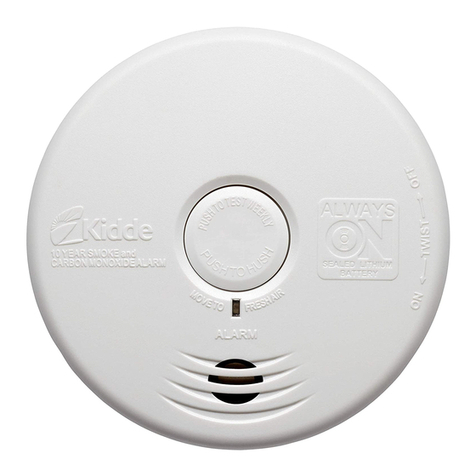
Kidde
Kidde WFPCO User manual
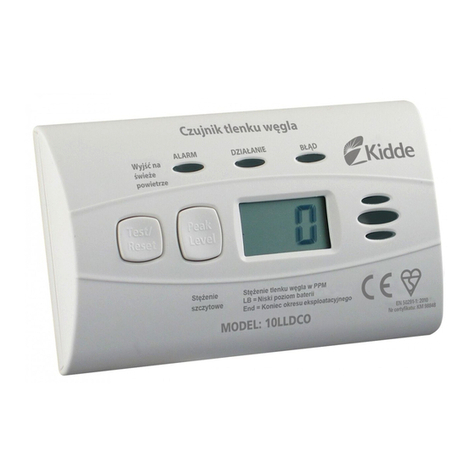
Kidde
Kidde 10LLDCO User manual
Popular Security System manuals by other brands

Secure
Secure USAB-1 operating instructions

B&B
B&B 480 SERIES Operation & maintenance manual

ADEMCO
ADEMCO VISTA-20P Series Installation and setup guide

Inner Range
Inner Range Concept 2000 user manual

Johnson Controls
Johnson Controls PENN Connected PC10 Install and Commissioning Guide

Aeotec
Aeotec Siren Gen5 quick start guide
